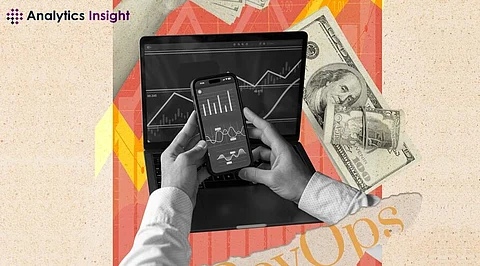

As we step into 2024, the world of data analysis continues to evolve, driven by technological advancements and the growing need for businesses to make data-informed decisions. In this dynamic landscape, professionals are faced with the challenge of choosing the right tools to extract insights from vast datasets. Three prominent contenders in the realm of data analysis are Power BI, Tableau, and Excel. In this article, we will explore the strengths and weaknesses of each platform to help you make an informed decision based on your specific analytical needs.
Excel has been the go-to tool for data analysis for decades, and its familiarity and versatility have made it a staple in offices worldwide. In 2024, Excel continues to hold its ground as a reliable spreadsheet software, offering a familiar interface and a wide range of functions for data manipulation. Its pivot tables, charts, and formulas provide a solid foundation for basic data analysis tasks.
However, as datasets grow larger and more complex, Excel's limitations become apparent. Performance issues and the lack of advanced visualization capabilities can hinder the analysis of big data. Moreover, collaboration and sharing insights with stakeholders may be cumbersome, making Excel less suitable for enterprises dealing with massive datasets or requiring real-time collaboration.
In the age of big data, Microsoft has introduced Power BI as a robust solution for advanced analytics and business intelligence. Power BI seamlessly integrates with other Microsoft products, fostering a cohesive ecosystem for data analysis. Its strength lies in its ability to connect to various data sources, transform raw data into meaningful insights, and create interactive and visually appealing dashboards.
Power BI's drag-and-drop interface simplifies the creation of complex visualizations, allowing users to explore data trends effortlessly. The platform also supports natural language queries, making it accessible to users with varying technical skills. With its cloud-based services, Power BI enables real-time collaboration and sharing of dashboards, enhancing teamwork and decision-making processes.
However, the Power BI job description may require a learning curve for users unfamiliar with advanced data analytics. Licensing costs and dependence on Microsoft's ecosystem may also be considerations for businesses evaluating their data analysis tools.
Tableau has long been recognized as a leader in the field of visual analytics. Its intuitive and user-friendly interface empowers users to create compelling visualizations without the need for extensive coding skills. Tableau excels in data exploration and storytelling, making it an ideal choice for professionals who prioritize visual communication of insights.
Tableau's strength lies in its ability to handle large datasets for chatbots and perform complex calculations swiftly. Its extensive library of pre-built connectors facilitates seamless integration with various data sources. Tableau's community-driven approach fosters a rich ecosystem of shared resources, dashboards, and best practices.
While Tableau is a powerful tool for data visualization, it may not match Power BI's seamless integration with Microsoft's ecosystem. Some users may find Tableau's pricing structure relatively higher, and the learning curve might be steeper for beginners compared to Power BI.
Join our WhatsApp Channel to get the latest news, exclusives and videos on WhatsApp
_____________
Disclaimer: Analytics Insight does not provide financial advice or guidance. Also note that the cryptocurrencies mentioned/listed on the website could potentially be scams, i.e. designed to induce you to invest financial resources that may be lost forever and not be recoverable once investments are made. You are responsible for conducting your own research (DYOR) before making any investments. Read more here.
